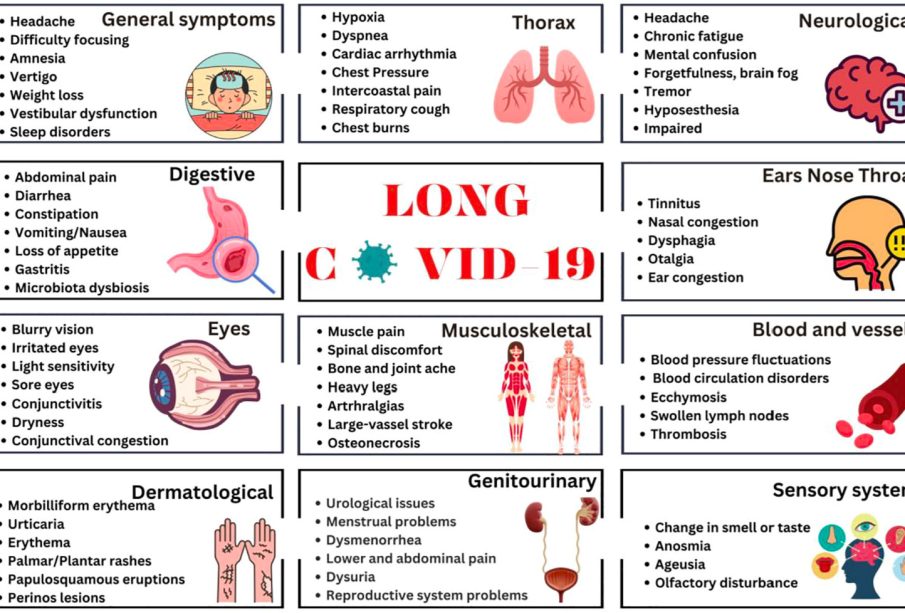Key Updates on COVID Symptoms in 2025

Introduction
As the world progresses into 2025, understanding the symptoms of COVID-19 remains crucial for public health and safety.
Despite vaccines and treatments available, COVID-19 variants continue to emerge, necessitating an ongoing awareness of possible symptoms. Early detection is vital to prevent severe illness and stop the spread of the virus.
Current COVID-19 Symptoms
Research conducted throughout 2024 and into 2025 indicates that COVID-19 symptoms still vary significantly among individuals. Health officials note that while traditional symptoms such as fever, cough, and shortness of breath persist, newer variants may lead to different clinical presentations.
In 2025, common symptoms include:
- Fatigue: Ongoing fatigue has been reported, often lingering even after recovery.
- Loss of Taste and Smell: Anosmia remains prevalent in some variants, though less common than in earlier strains.
- Respiratory Issues: Persistent cough and difficulty breathing can still occur, especially in those with underlying health conditions.
- Neurological Symptoms: Emerging data indicate that headaches, dizziness, and neurological changes like brain fog are increasingly associated with COVID-19.
Impact of Variants
With frequent variant mutations, symptoms have evolved. The Omicron variant, which dominated in late 2022 and 2023, presented milder symptoms compared to earlier strains. However, variants beyond Omicron might exhibit different characteristics. Continuous surveillance and research are essential to stay ahead of these changes.
Importance of Monitoring Symptoms
Understanding COVID-19 symptoms allows individuals to take appropriate actions, such as testing and isolating. Public health campaigns continue to emphasise the need for vigilance, as early symptom recognition can significantly reduce transmission rates. Reports from health authorities stress the need for at-risk populations to remain informed and cautious.
Conclusion
As we navigate through 2025, the knowledge and awareness of COVID symptoms play a critical role in managing public health. While vaccines and treatment options have improved, variants pose an ongoing threat, necessitating a flexible and informed approach towards health practices. Staying updated on symptoms can empower individuals and communities to act swiftly and effectively, ensuring broader safety measures across the globe.









